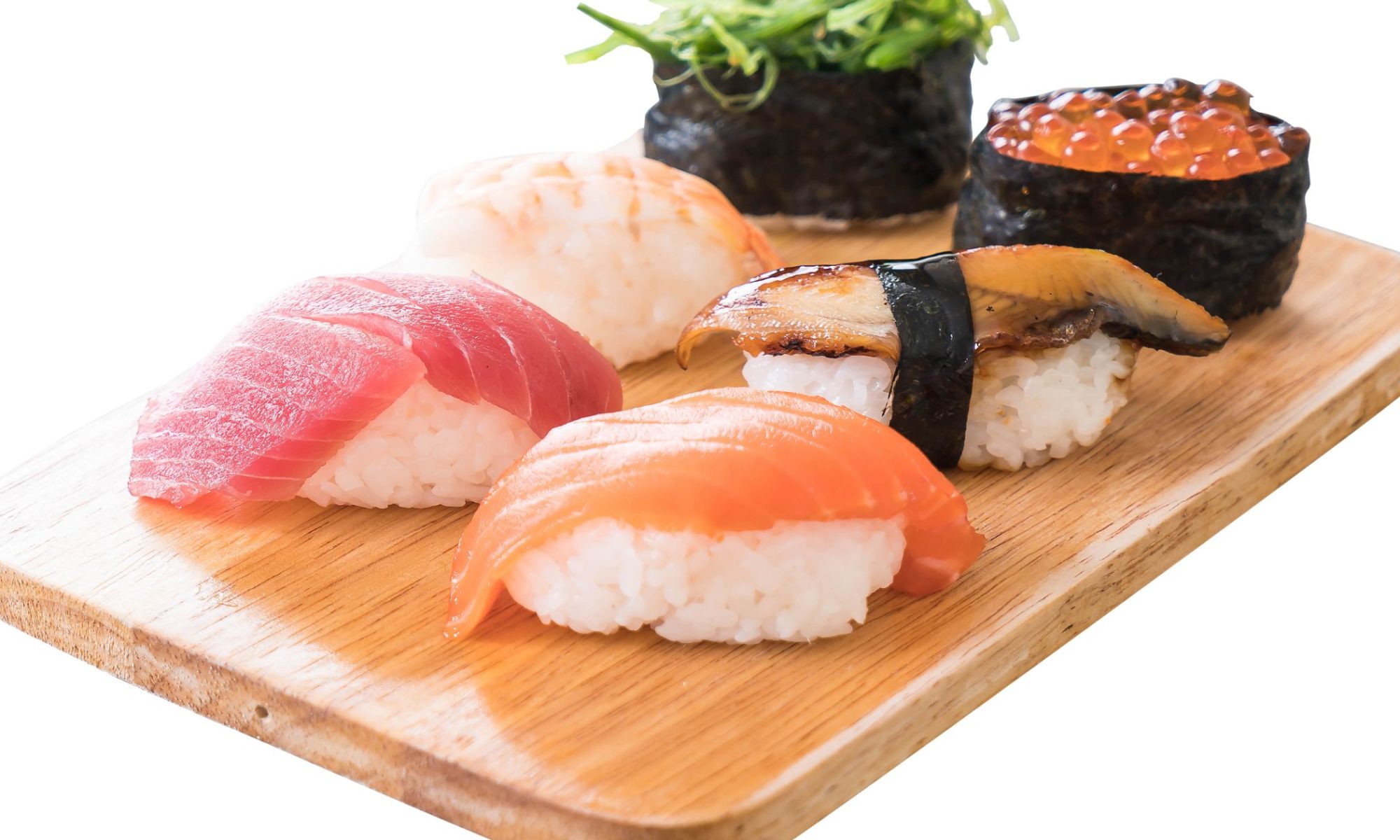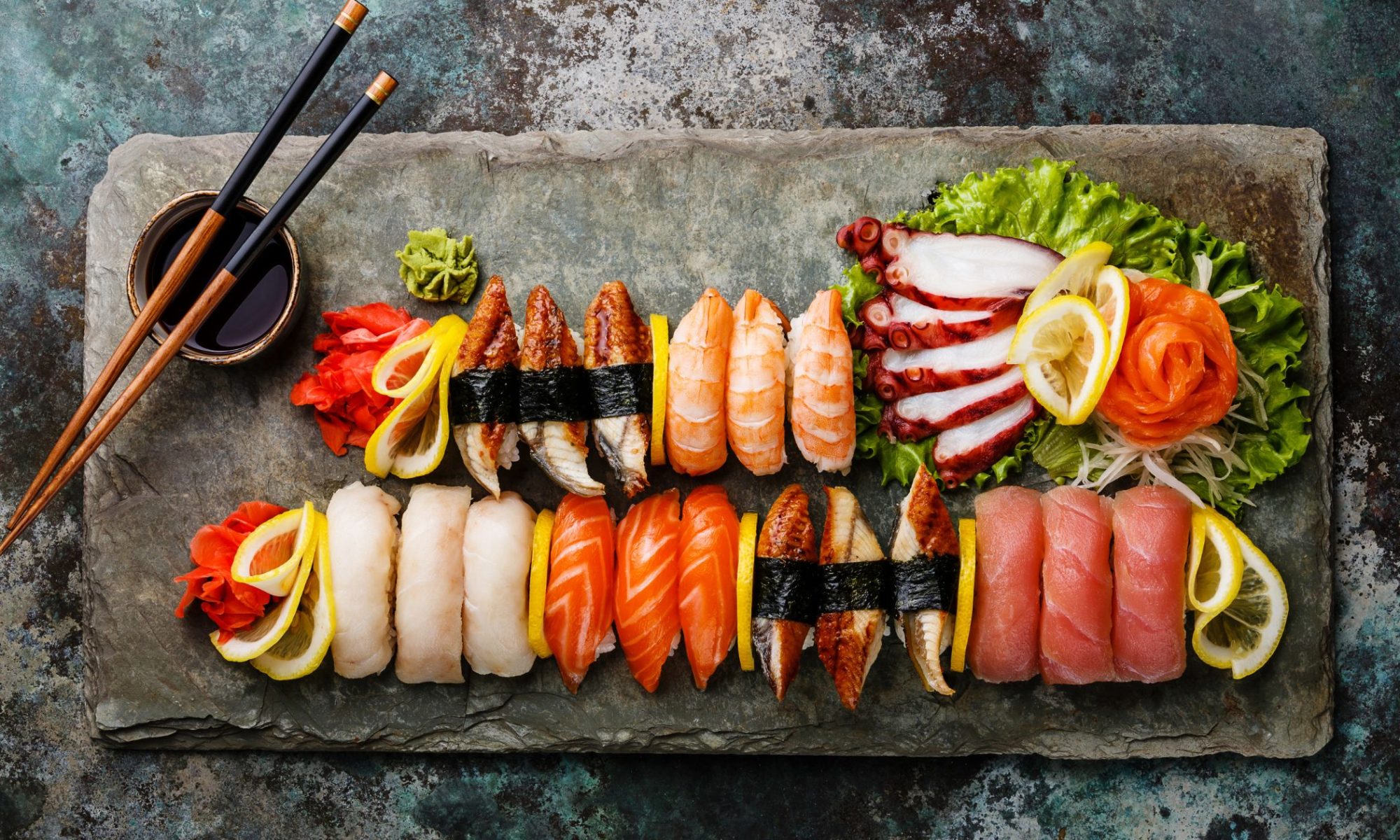Welcome to the world of Hon Maguro Sushi, where every bite tells a story of tradition, craftsmanship, and the rich tapestry of Japanese cuisine. This exquisite culinary delight isn’t just about raw fish on rice; it’s a cultural experience that has captivated taste buds around the globe. Join me as we dive into the depths of what makes Hon Maguro Sushi a true masterpiece.
What is Hon Maguro?
“Hon Maguro” – the name itself resonates with a sense of authenticity and quality. Let’s unravel the mystery behind this term. “Hon” translates to “true” or “authentic,” and “Maguro” refers to tuna. So, Hon Maguro is all about the real deal when it comes to tuna in sushi. Get ready to embark on a journey exploring the nuances of the tuna used and why it’s central to the magic of Hon Maguro Sushi.
The Art of Sushi Making
Imagine sushi-making as an intricate dance of flavors and textures. Hon Maguro Sushi is not just a dish; it’s a piece of culinary art. From the meticulous preparation of the rice to the precision in placing each slice of tuna, crafting Hon Maguro Sushi is a skill that sushi chefs hone over years. Join me in appreciating the craftsmanship that goes into every roll and the cultural significance of this art form in Japan.
Hon Maguro Sushi Ingredients
Now, let’s dive into the fascinating world of Hon Maguro Sushi ingredients, where simplicity meets sophistication to create a culinary masterpiece.
Tuna:
At the heart of Hon Maguro Sushi is, of course, the star of the show – tuna. But not just any tuna – we’re talking about the finest, most flavorful cuts. Oftentimes, it’s the rich and succulent Otoro (fatty tuna) or Chutoro (medium fatty tuna) that takes center stage, delivering a melt-in-your-mouth experience.
Sushi Rice:
The supporting actor in this culinary drama is the sushi rice. Short-grained and perfectly seasoned with a delicate balance of vinegar, sugar, and salt, it serves as the ideal canvas for the tuna to shine.
Also Read: What Kind of Rice for Sushi Is Best?
Seaweed (Nori):
The crispy, dark green sheets of nori are crucial in providing structure to the sushi. With a distinct umami flavor, nori complements the richness of the tuna and adds a delightful textural contrast.
Wasabi:
A touch of wasabi, that vibrant green paste with a spicy kick, is often added to enhance the overall flavor. The goal here is not to overpower but to elevate the taste experience.
Soy Sauce:
For dipping purposes, a side of soy sauce is usually served. Its salty undertones complement the natural flavors of the tuna and add an extra layer of depth.
Pickled Ginger (Gari):
You’ll often find thin slices of pickled ginger to cleanse the palate between bites. Its subtle sweetness and refreshing quality prepare your taste buds for the next delightful mouthful.
Hon Maguro Sushi Varieties
Welcome to the diverse world of Hon Maguro Sushi, where tradition meets innovation, and chefs infuse their creativity into this timeless dish. Let’s explore the exciting array of Hon Maguro Sushi varieties that cater to different tastes and preferences.
Classic Nigiri:
The traditionalist’s choice, classic Nigiri-style Hon Maguro Sushi features a slice of pristine tuna atop a small mound of expertly seasoned rice. Simple yet sublime, it allows the pure flavors of the tuna to take center stage.
Sashimi Extravaganza:
For those who prefer a tuna-centric experience, Hon Maguro Sashimi showcases the tuna slices in their unadulterated glory, often served with minimal garnish to let the natural flavors shine.
Maki Rolls with a Twist:
Enter the world of Hon Maguro Maki Rolls, where chefs play with textures and flavors. These rolls may incorporate avocado, cucumber, or other complementary ingredients, adding layers of complexity to the familiar taste of tuna.
Aburi-style Delights:
Innovative chefs take it up a notch with Aburi-style Sushi. Here, the tuna is lightly seared, imparting a smoky flavor that adds a new dimension to the dish.
Spicy Tuna Creations:
For those who enjoy a kick, Spicy Hon Maguro Rolls are a popular choice. Mixed with spicy mayo or other zesty elements, these rolls offer a delightful fusion of heat and umami.
Regional Specialties:
Different regions in Japan have their own unique twists on Hon Maguro Sushi. From the bustling streets of Tokyo to the serene landscapes of Hokkaido, each locale adds its own flair, be it through local ingredients or distinct preparation methods.
Hon Maguro Sushi in Japanese Culture
Beyond its delectable taste, It also holds a special place in Japanese culture. It’s not just a meal; it’s a cultural ambassador on a plate. From special occasions to everyday dining, the presence of Hon Maguro Sushi signifies a connection to tradition and a celebration of the finest culinary craftsmanship. Join me in uncovering the cultural rituals and the communal joy associated with indulging in this iconic dish in the heart of Japan.
Hon Maguro Sushi vs. Other Sushi Types
Think of sushi as a family, and each type as a unique member with its own personality. In this family, Hon Maguro Sushi stands out with its genuine, unadulterated focus on tuna. Let’s embark on a flavorful comparison journey. How does Hon Maguro differ from its sushi siblings? What sets it apart in terms of taste, texture, and cultural significance? Get ready to explore the diverse sushi landscape and discover why Hon Maguro holds a special place in the hearts of sushi enthusiasts worldwide.
How to Enjoy Hon Maguro Sushi
Now that we’ve uncovered the secrets and stories behind Hon Maguro, let’s talk about the art of savoring this delicacy. It’s not just about the taste; it’s about the experience. Take a moment to appreciate the craftsmanship in each piece, the balance of flavors, and the texture that unfolds with every bite. Whether you’re a seasoned sushi connoisseur or a first-timer, I’ll guide you on how to immerse yourself in the pleasure of Hon Maguro Sushi fully. From the perfect soy sauce-to-wasabi ratio to appreciating the freshness of the tuna, let’s make every bite count.
Where to Find Hon Maguro Sushi
Craving an authentic Hon Maguro Sushi experience? Whether you’re an adventurer seeking new culinary horizons or a local looking for the best in town, finding the right spot is crucial. Join me as we explore renowned sushi bars and restaurants that have mastered the art of serving Hon Maguro Sushi. From hidden gems in bustling cities to traditional establishments in the heart of Japan, let’s embark on a journey to discover where you can relish the true essence of Sushi. And for those daring home chefs, we’ll even touch on sourcing top-notch ingredients to recreate this culinary masterpiece in your own kitchen. Get ready for a delicious exploration!





